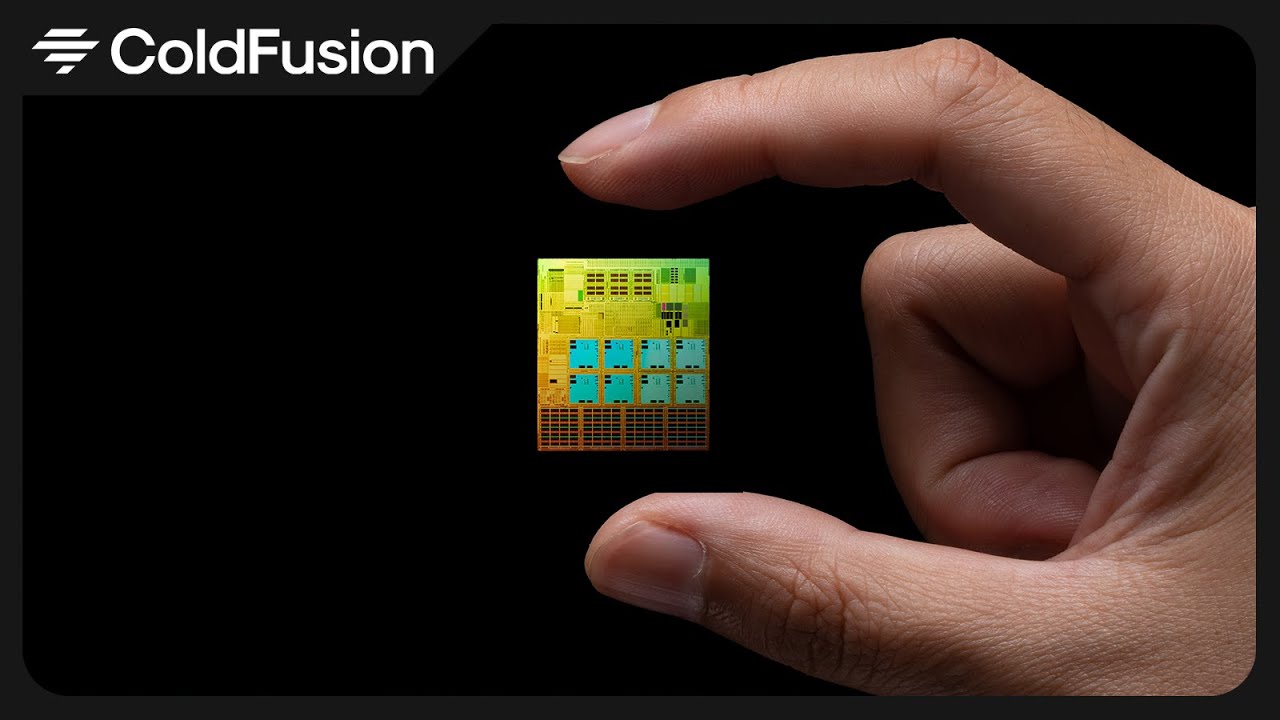- cross-posted to:
- [email protected]
- cross-posted to:
- [email protected]
Qualcomm brought a company named Nuvia, which are ex-Apple engineers that help designed the M series Apple silicon chips to produce Oryon which exceeds Apple’s M2 Max in single threaded benchmarks.
The impression I get is than these are for PCs and laptops
I’ve been following the development of Asahi Linux (Linux on the M series MacBooks) with this new development there’s some exciting times to come.



Used to be, each year-ish computers got faster AND cheaper. So, it doesn’t “always” have to be that way.
That’s not happening anymore due to real world constraints, though. Dennard scaling combined with Moore’s Law allowed us to get more performance per watt until around 2006-2010, when Dennard scaling stopped applying - transistors had gotten small enough that thermal issues and other current leakage related challenges meant that chip manufacturers were no longer able to increase clock frequencies each generation.
Even before 2006 there was still a cost to new development, though, us consumers just got more of an improvement per dollar a year later than we do now.